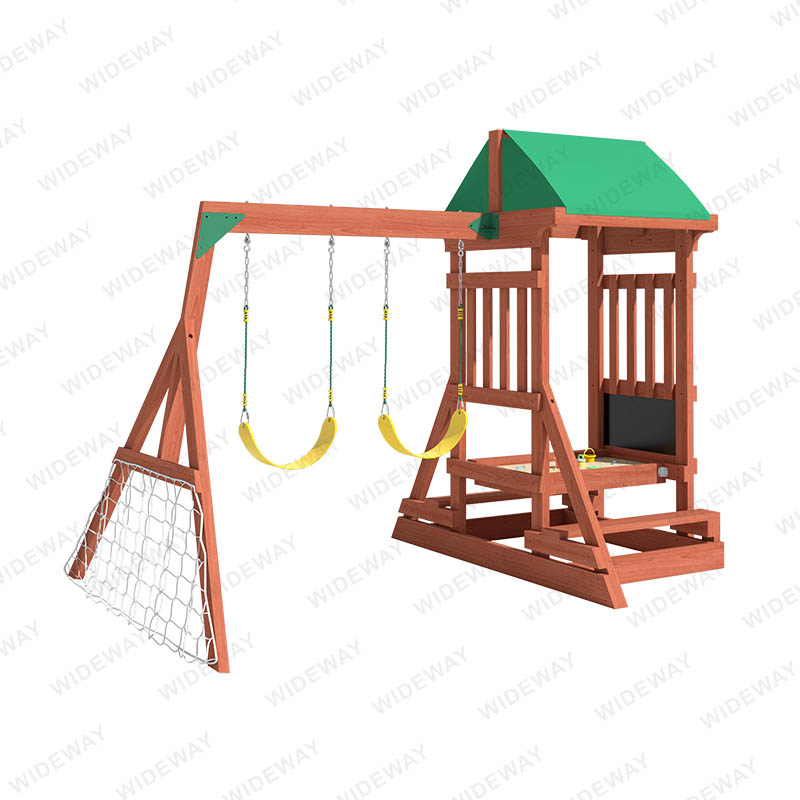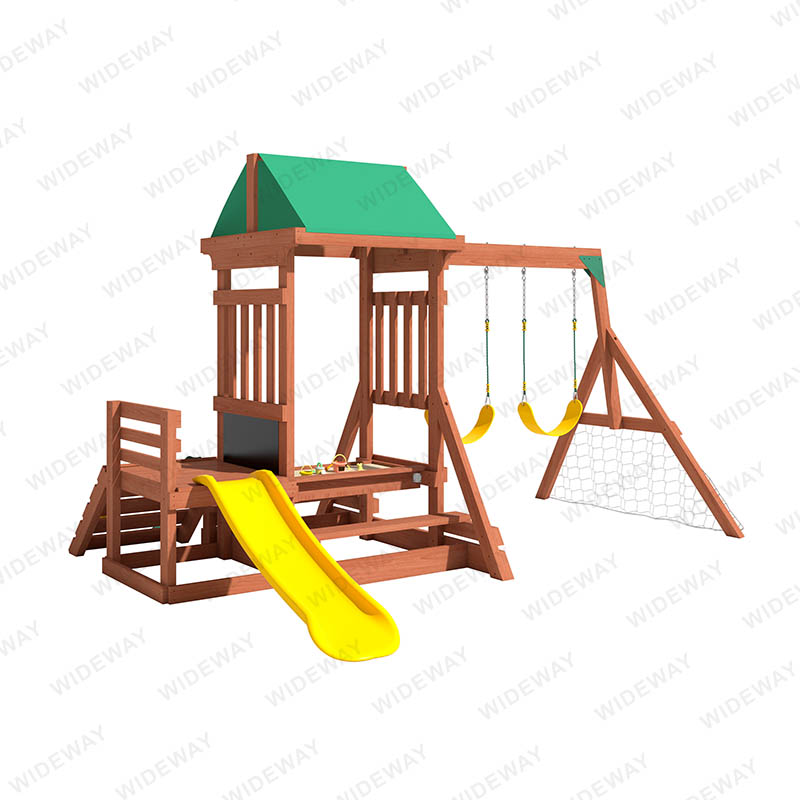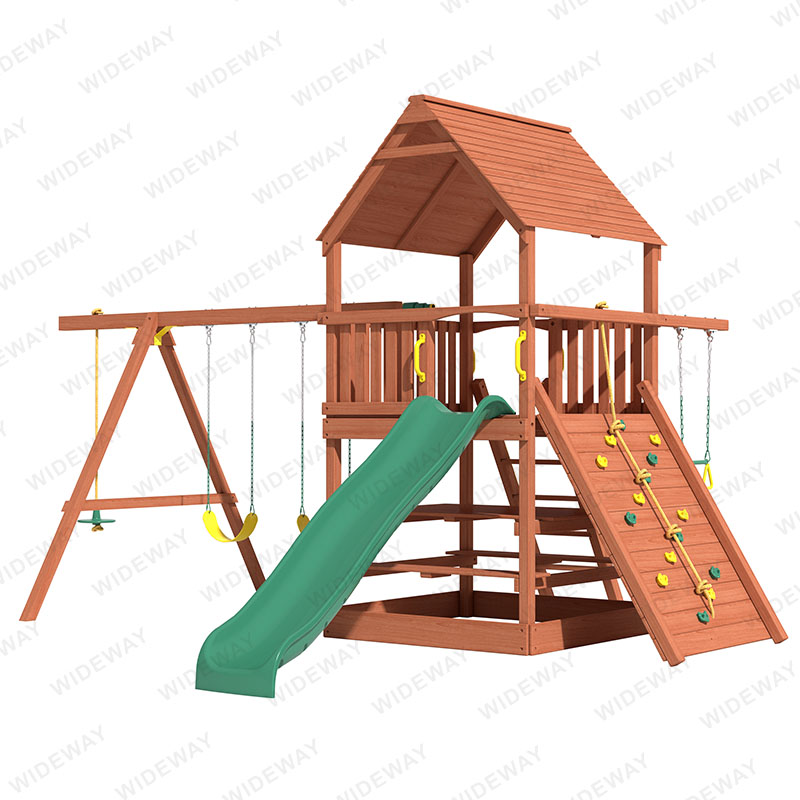What Makes Climbing Holds Out of FRP, PU, PP, and PE Different?
2024-11-11
Comparing climbing holds made from resin fiberglass (FRP), polyurethane (PU), polypropylene (PP), and polyethylene (PE) reveals significant differences in structure, performance, applications, and cost. Here’s a breakdown of these variations:
1. What Are the Benefits and Drawbacks of FRP Climbing Holds?
FRP climbing holds, composed of a resin matrix and glass fiber, commonly include unsaturated resin reinforced with glass fibers. FRP climbing holds provide high strength, rigidity, and excellent corrosion resistance.
Advantages:
- High Strength: The glass fiber reinforcement enhances the climbing holds' mechanical performance, making FRP climbing holds highly resistant to impact.
- Corrosion Resistance: FRP climbing holds withstand harsh environments and resist chemicals like acids, alkalis, and salts.
- Lightweight: FRP climbing holds are lighter than metal options, making transportation and installation easier.
- Customization: FRP climbing holds can be tailored for complex shapes as required.
Disadvantages:
- Brittle in Some Conditions: FRP climbing holds may become brittle in certain conditions, displaying relatively low tensile strength.
- Higher Cost: The production cost for FRP climbing holds is higher compared to alternatives like PP or PE.
Applications:
FRP climbing holds are ideal for environments demanding high strength and corrosion resistance, including water treatment facilities, chemical plants, and industrial equipment.
2. How Do PU Climbing Holds Differ in Strength and Elasticity?
PU climbing holds are known for elasticity and abrasion resistance. PU climbing holds, typically made from flexible materials, exhibit notable elasticity.
Advantages:
- Elasticity and Abrasion Resistance: PU climbing holds can handle impact and friction, making these holds durable for intensive use.
- Aging Resistance: PU climbing holds have good weather resistance and can resist UV exposure.
- Versatile Production: PU climbing holds can be manufactured to varying hardness levels depending on requirements.
- Disadvantages:
- Moderate Chemical Resistance: PU climbing holds have lower chemical resistance compared to FRP climbing holds, especially in acidic or alkaline environments.
- Performance Reduction in Cold: In low temperatures, the elasticity and flexibility of PU climbing holds may decrease.
Applications:
PU climbing holds are suitable for applications that require high elasticity and wear resistance, such as mechanical equipment and sports equipment.
3. What Makes PP Climbing Holds Lightweight Yet Durable?
PP is a thermoplastic with stable chemical properties and impact resistance. PP climbing holds are commonly used in settings that require lightweight, corrosion-resistant materials.
Advantages:
- High Chemical Resistance: PP climbing holds withstand most acids and bases.
- Lightweight Composition: PP climbing holds are relatively light, ideal for creating larger or more intricate shapes.
- Temperature Stability: PP climbing holds function well across a range of temperatures.
- Disadvantages:
- Lower Rigidity: PP climbing holds have lower strength, limiting their impact resistance.
- Limited Weather Resistance: PP climbing holds may degrade under prolonged UV exposure.
Applications:
PP climbing holds are ideal in settings that need chemical resistance and lightweight materials, like the chemical industry and low-temperature environments.
4. Why Are PE Climbing Holds Suitable for Low-Friction Applications?
PE climbing holds, made from a common thermoplastic, excel in chemical stability, water resistance, and feature a low friction coefficient. These climbing holds are ideal for lower strength and chemical-resistant applications.
Advantages:
- Chemical Durability: PE climbing holds resist most acids, bases, salts, and organic solvents.
- Low Friction: PE climbing holds work well in low-friction applications, where slip resistance is key.
- Enhanced Toughness: Compared to PP, PE climbing holds offer better toughness and impact resistance.
Disadvantages:
- Limited Strength: PE climbing holds are not designed to bear heavy loads.
- Temperature Limitations: PE climbing holds may not perform well at higher temperatures.
Applications:
PE climbing holds are commonly used in general chemical environments with lower strength demands, like food processing, packaging materials, and containers for transport.
Summary Comparison Table for Climbing Holds
|
Material |
Advantages |
Disadvantages |
Applications |
|
FRP |
High strength, corrosion-resistant, lightweight, customizable |
Brittle in certain conditions, high cost |
High-strength, corrosion-resistant environments (chemical, industrial, etc.) |
|
PU |
High elasticity, wear-resistant, aging-resistant, customizable hardness |
Moderate chemical resistance, reduced cold performance |
Mechanical, sports equipment, wear-resistant applications |
|
PP |
Chemical-resistant, lightweight, high-temperature tolerant |
Lower rigidity, poor weather resistance |
Chemical industry, low-temperature, lightweight-required environments |
|
PE |
Chemical-resistant, low-friction, tough |
Low strength, poor high-temperature resistance |
Food processing, packaging, low-strength chemical applications |
Selection Recommendations:
For environments requiring high strength and corrosion resistance, FRP climbing holds are suitable. For high elasticity and wear-resistance needs, PU climbing holds are preferable. If lightweight and chemical resistance are priorities, PP and PE climbing holds are practical choices, with PP excelling in chemical environments and PE fitting low-friction settings. Selecting the best climbing holds depends on the specific application environment and requirements.




